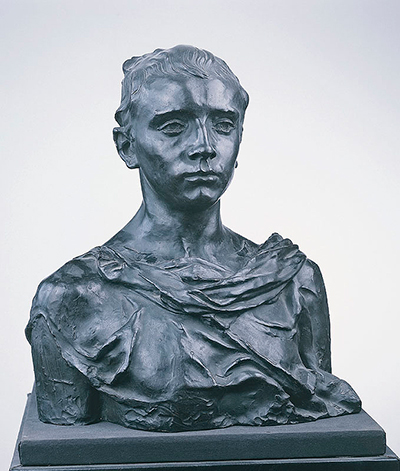 Buy Art Prints Now
Buy Art Prints Nowfrom Amazon
* As an Amazon Associate, and partner with Google Adsense and Ezoic, I earn from qualifying purchases.
In an era where women were expected to tend to marriage, motherhood and domestic matters, few Europeans – especially those in the upper-middle class – could have imagined that a young woman of respectable social status would set out to study art professionally, let alone achieve fame and the respect of some of the most progressive artists of their age.
Yet, Camille Claudel, the daughter of Louis-Prosper Claudel, a French diplomat, foreshadowed the strong will and tenacity of the New Woman who would usher in the 20th century. Unlike other artists of her age, Claudel's works were so radical in style and execution. The breadth of her success has left a lasting legacy and has secured the artist's reputation as one of the most renowned sculptors of her age. Rather than Rodin's lover, muse and most talented pupil, Claudel is now globally recognized as a great sculptor in her own right.
Camille Claudel's masterpiece, Paul Claudel at sixteen years old or Young Roman or Young Man, was crafted in 1883 in plaster and patina, before being cast in bronze in 1893. Claudel produced the sculpture at the age of 20 and it was a clay bust of her younger brother, Paul Claudel, who was the subject of many of her works. Her brother was an equally talented Roman who would become a prominent poet, dramatist, and diplomat. The patinates plaster bust was inspired by Italian Renaissance but represented the sculptress’s younger brother as a young Roman.
In creating Paul Claudel At Sixteen Years Old, the sculptress certainly was informed by her own perspective on life. The piece was inspired by her personal life and relationship with her brother. However, Claudel's personal life was just one source of inspiration for her work. L'Âge mûr (The Mature Age or Destiny in English), for example, was also influenced by themes of fate and destiny as illustrated through a mythological figure and various symbols. The sculpture is an allegory of aging, with a progression of a man from youth, to old age and eventually death.



